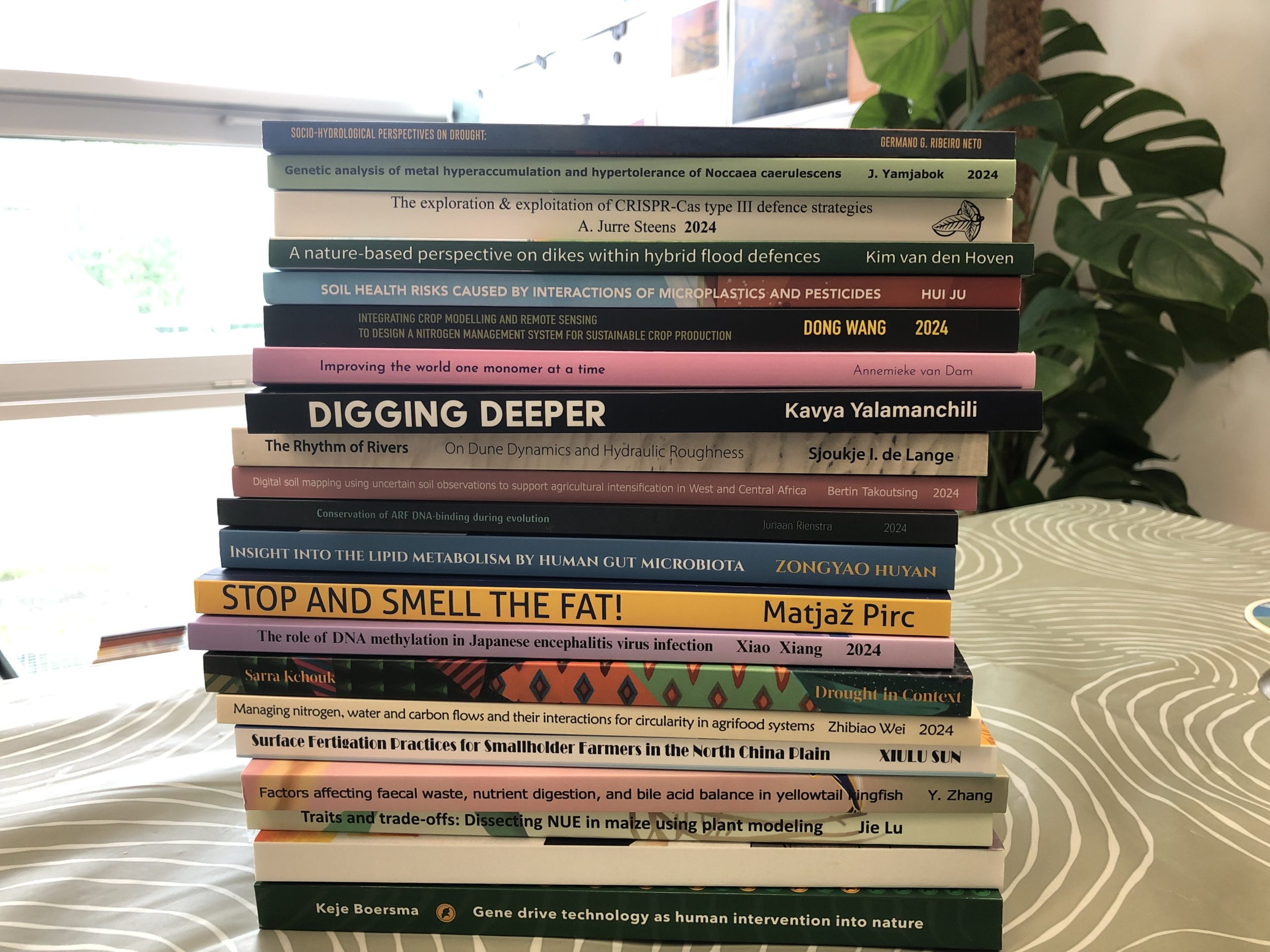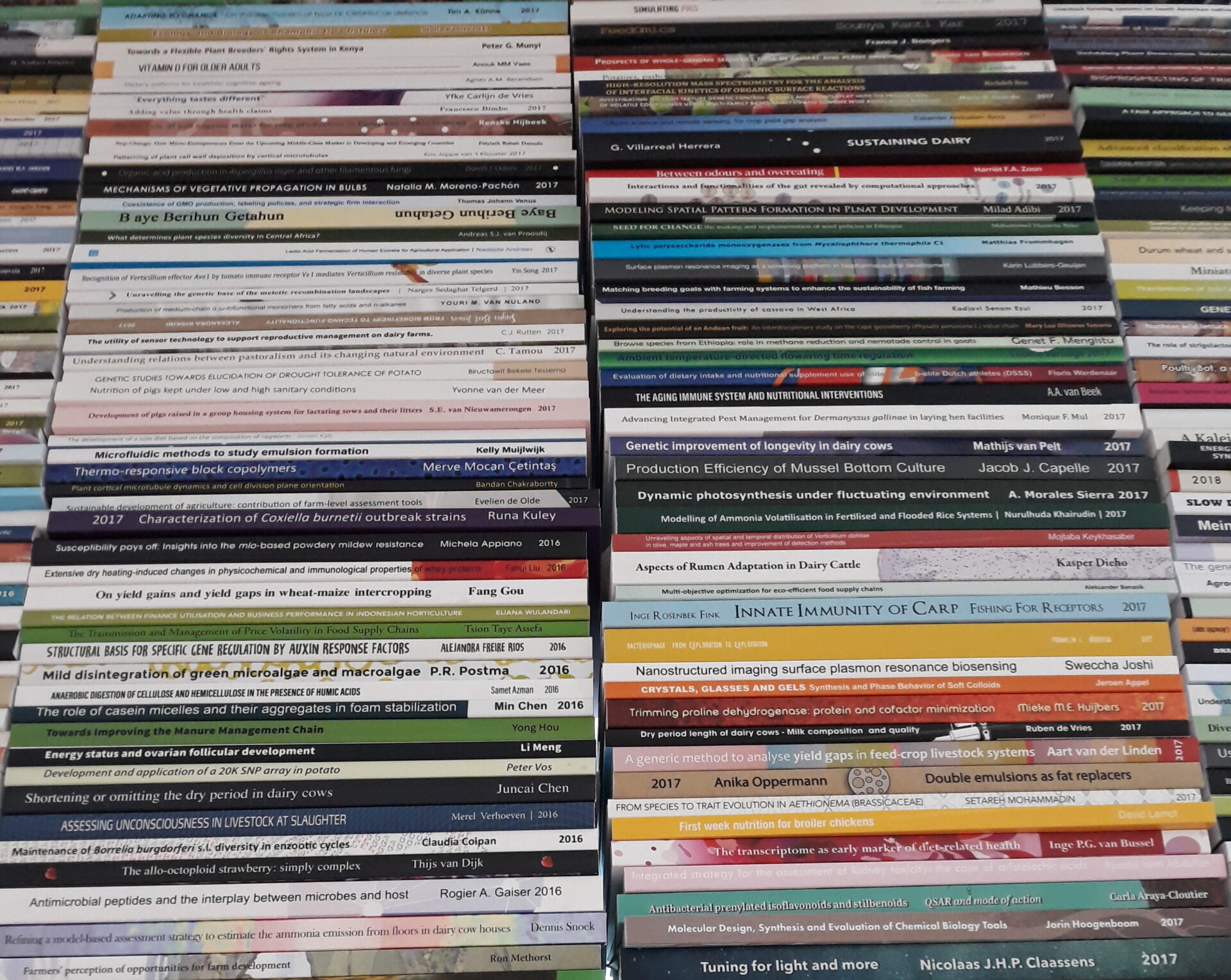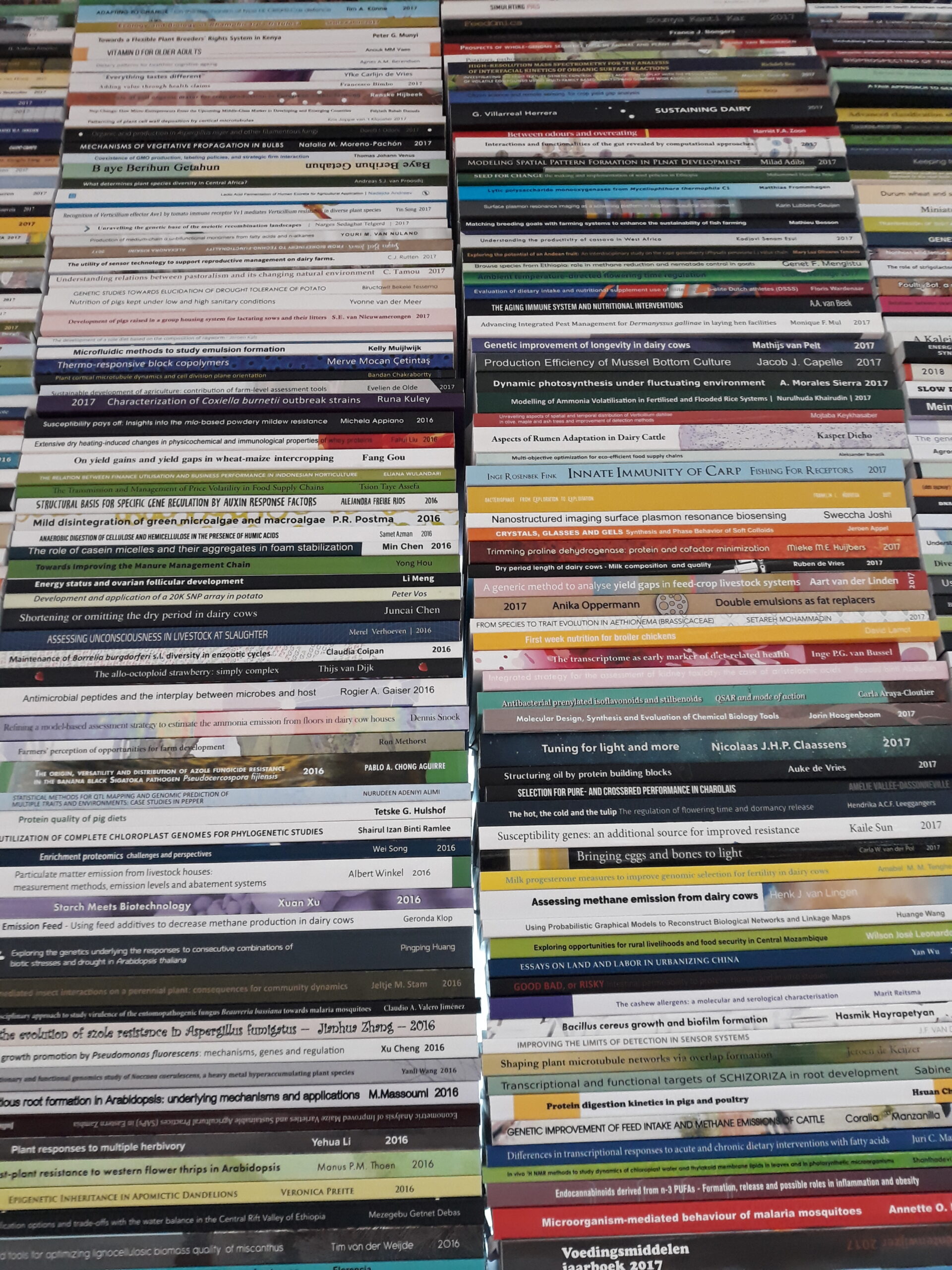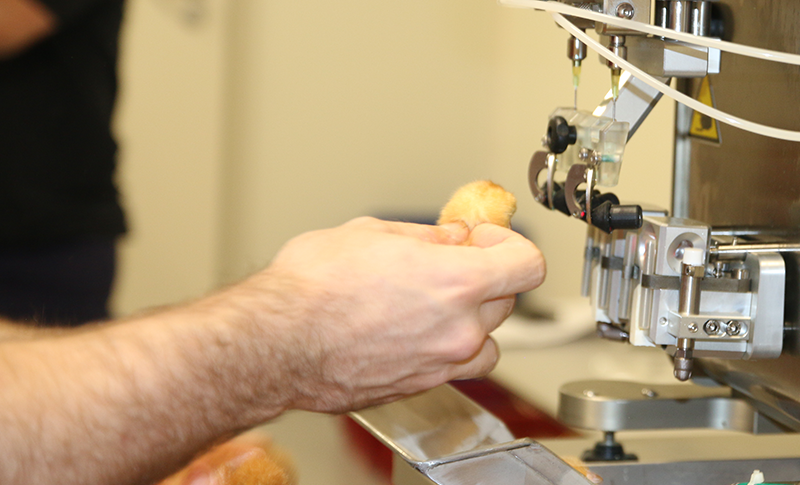More than 250 PhD students receive their PhDs at WUR every year. It is impossible to describe and summarize all these theses. In the column ‘PhD theses in a nutshell’ the selection of our science editors is briefly presented.
Vaccines 2.0
Creating vaccines using baculoviruses is a tried and tested approach. The problem is that there are then a lot of baculoviruses in the vaccine obtained. They are considered harmless but you never know. Linda van Oosten developed a way of making a purer vaccine by making the system temperature-sensitive. A temperature-sensitive gene ensures that above 34°C, the vaccine is manufactured without any more virus. As proof of principle, she used the new ‘platform’ to make vaccines against foot-and-mouth disease, West Nile fever and hand-foot-and-mouth disease. Serious doctoral research!
Innovations in virus-like particle vaccine production with the baculovirus expression system.
Linda van Oosten. Supervisors Monique van Oers and Gorben Pijlman
Strips and pests
Strip cultivation can boost biodiversity and reduce the damage caused by pest insects. Luuk Croijmans studied the extent of these effects in different farming systems based on strip and pixel cultivation. In the latter method, crops are sown in patches of 50 by 50 centimetres. There are effects but they are not very big. In strip cultivation, for instance, the number of ground beetles goes up by 15 per cent. Strip farming also increases the effectiveness of parasitic wasps. But a lot depends on which crops you plant together, and which wasps you use for biological pest control. All the plants give off different odour signals, making it harder for wasps to find their way to their desired destination.
Companion Aligned.
Luuk Croijmans. Supervisors Erik Poelman and Marcel Dicke
Connected waters
Surface water contains too many fertilizer substances. These nutrients go unutilized and end up in the ocean. A pity. Measures to change this often target specific lakes and ditches. Dianneke van Wijk takes a different approach. She developed models that describe how you can retain fertilizer substances in networks of connected waters. An improved ecosystem upstream has an impact on the situation downstream. But she didn’t leave it at the theory: she also developed a game in which water managers learn to put theory into practice in a ‘real’ lake.
Towards smart nutrient retention networks to improve water quality.
Dianneke van Wijk. Supervisors Carolien Kroeze and Wolf Mooij

 A pile of PhD dissertations. Photo Resource
A pile of PhD dissertations. Photo Resource 

